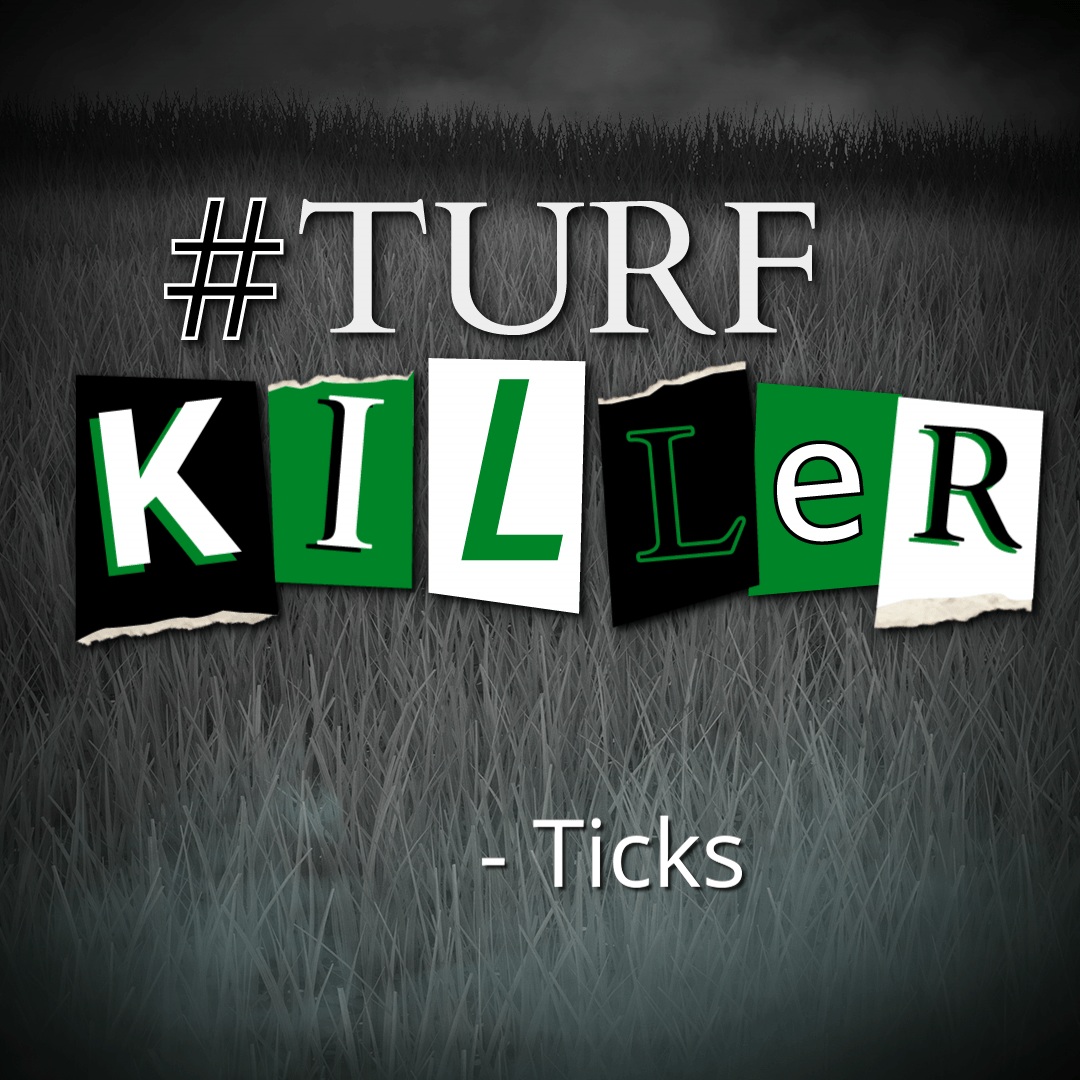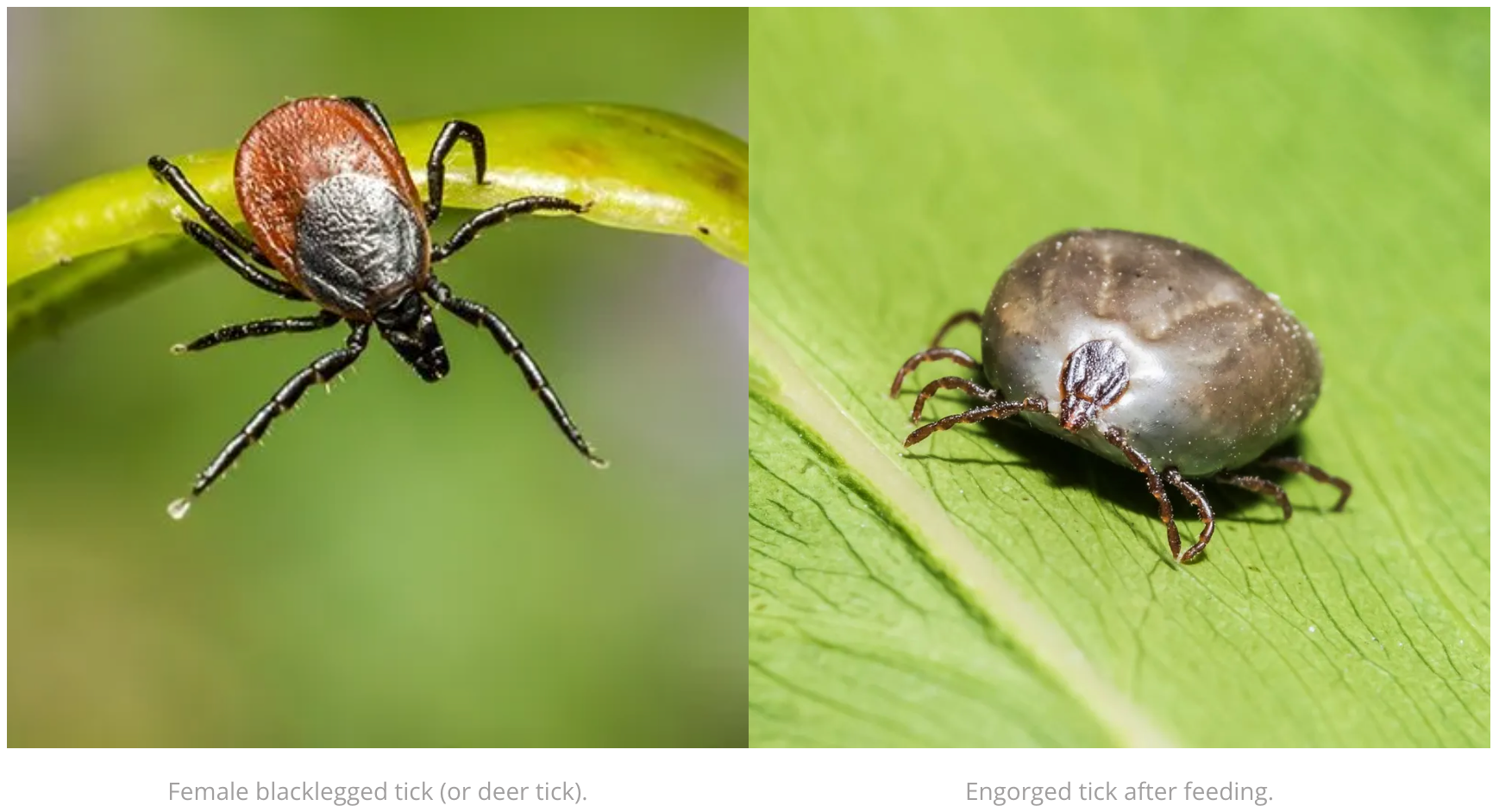#TurfKiller - Ticks

Learn the Dangers of Ticks and How to Protect your TURF
As many know, ticks can transmit a variety of diseases that can be a threat to human and animal health. According to the CDC, “Ticks and tickborne diseases are increasingly problematic today, the threat posed by human-biting ticks is more widespread across the eastern United States, increasingly complex (multiple tick species and >10 notable tickborne pathogens), and, across tick species, more spatially diffuse (including backyards, neighborhood green spaces, and public recreation areas). To mitigate tick-associated negative societal effects, we must consider shifting the responsibility for tick control to include both individual persons and professionally staffed tick-management programs.”
So how can we combat the dangers of ticks and protect people, pets and turf? In this article we will discuss the precautions and products necessary to prevent ticks on turf, landscapes and around commercial properties or homes.

DESCRIPTION
Close relatives of mites, spiders and scorpions, ticks pass through four stages in their life; egg, larva, nymph and adult. With the exception of the egg, all other stages are blood-sucking parasites. After hatching from the egg, the tick must feed to complete each stage in its lifecycle. Ticks are active mostly in the spring, summer and fall, but some species are active in the winter. When they are ready to feed, ticks will locate a host by ‘questing’. Questing is when a tick climbs up to the tips of turfgrass blades or vegetation, extends their front legs out away from their bodies and waits for a host to latch on to.
This process can dry the pest out, so they usually return to the base of vegetation several times a day to stay hydrated. Ticks mouths are barbed, similar to a fish hook, making removal from skin very difficult.
While there are dozens of tick species throughout the United States, the three species that are the most likely ticks to be encountered by people or pets are the Eastern Blacklegged Tick, the American Dog Tick and the Lone Star Tick.
DAMAGE
Tickborne disease pathogens, which include viruses, bacteria, rickettsiae, and protozoa, increasingly threaten the health of pets and people in the United States annually. New diseases have been discovered in the past two decades linking several of them to these tickborne illnesses. In addition, the number of counties in the northeastern and upper midwestern United States that are considered high-risk for Lyme disease have increased more than 300% between 1993 and 2012. Between 2004 and 2016, more than 640,000 cases of vector-borne diseases like dengue, Zika, Lyme or plague were reported.

A tick burrowed in human skin.
Photos: http://npic.orst.edu/pest/tick/index.html https://www.prevention.com/health/a27392774/tick-bite-pictures/ https://www.wired.com/story/we-have-no-idea-how-bad-the-us-tick-problem-is/
The TURFReport Highlights:
Additional Articles and Insights
















